Comments / Questions (33)
![]() THERY Martine wrote:
THERY Martine wrote:
Pourquoi tricoter les côtes mousse en aller-retour plutôt qu'en rond, alors que le reste du bonnet se tricote en rond ?
08.11.2017 - 12:06DROPS Design answered:
Bonjour Mme Théry, pour que le point mousse soit plus facile à tricoter = tous les rangs à l'endroit. Bon tricot!
08.11.2017 - 16:00
![]() Carmela wrote:
Carmela wrote:
Bonjour, Pouvez-vous m'indiquer plusieurs laines pour ce modèle qui ne piquent pas? Merci.
18.02.2017 - 16:26DROPS Design answered:
Bonjour Carmela, la sensibilité étant une question très personnelle, je vous invite à vous référer à cette page pour y trouver les alternatives possibles, demandez à votre magasin DROPS (même par mail ou téléphone), il saura vous conseiller. Bon tricot!
20.02.2017 - 09:37
![]() BORDAS wrote:
BORDAS wrote:
Bonjour, J'arrive à la fin de mon bonnet (en taille 1/2) mais je ne comprend pas: "diminuer ensuite 3 fois tous les tours=15m" Le dernier tour tricoté faisant 30m, est-ce que je dois bien tricoter 5 tours supplémentaire en les diminuant chacun de 3m? Merci de votre retour.
22.10.2016 - 17:09DROPS Design answered:
Bonjour Mme Bordas, vous diminuez 5 m (1 m avant chaque marqueur) sur chacun des 3 tours suivants, vous diminuez ainsi 3 fois 5 m (= sur 3 tours), vous aviez 30 m - (3x5 = 15), il reste 15 m. Bon tricot!
24.10.2016 - 09:39
![]() Mamynette wrote:
Mamynette wrote:
Merci pour votre réponse plus que rapide.
05.02.2016 - 16:15
![]() Mamynette wrote:
Mamynette wrote:
Bonjour, Je souhaiterais faire ce modèle pour adulte mais avec des aiguilles de 4.5 ou 5 comme pour les enfants. Pouvez-vous m'indiquer le nombre de mailles qu'il me faudrait et la façon de faire les diminutions. En vous remerciant pour votre aide précieuse. Cordialement
05.02.2016 - 13:53DROPS Design answered:
Bonjour Mamynette, vous trouverez ici la version adulte de ce bonnet, en Nepal aussi. Bon tricot!
05.02.2016 - 15:38
![]() Bérangère wrote:
Bérangère wrote:
Bonsoir. Je souhaiterais faire ce modèle en taille 10/12 ans, mais chez moi je n'ai pas d'aiguilles circulaires donc pas d'aiguilles circulaires n°4,5 ; mais en cette grosseur d'aiguilles j'ai des aiguilles droites. Du coup puis je faire ce modèle sur des aiguilles droites? Si oui y aura t-il des modifications à effectuer? Si oui quoi? S'il vous plait et merci.
13.01.2016 - 21:00DROPS Design answered:
Bonjour Bérangère, il vous faudra effectivement ajuster le motif de la spirale sur l'envers pour qu'elle se décale dans le bon sens - voir ici - votre magasin DROPS saura vous apporter l'aide nécessaire, par mail ou téléphone. Bon tricot!
14.01.2016 - 08:41MARY wrote:
Very cute hat. I didn't make it working in the round because my cable needles were too long, but with a few alternations the pattern was perfect for my 1 year old niece!
03.01.2015 - 14:20
![]() Clawur wrote:
Clawur wrote:
Die verschenke ich gleich mehrmals zu Weihnachten. Geht schnell und schaut herzig aus.
16.12.2014 - 15:15
![]() Annamaria wrote:
Annamaria wrote:
Buon giorno.Non capisco il motivo a spirale ho guardato anche il video,preciso che sto lavorando con i ferri circolari grazie
16.12.2014 - 12:50DROPS Design answered:
Buongiorno Annamaria. Per.es. per la taglia 5/6 anni deve avviare un n° di m divisibile per 7 + 1 m. Quindi 85 m (85 m : 7 = 12 m + 1 m). Il motivo si ripete su 7 m: 5 m dir + 2 m rov. Ripete questo motivo su tutte le m del giro, quindi in tutto 12 volte, per un totale di 84 m. L’ultima m del giro, diventa la prima m della ripetizione successiva del motivo. In questo modo il motivo si sposta di 1 m a destra ad ogni giro. Analogamente per le altre taglie. Buon lavoro!
16.12.2014 - 13:30
![]() Claire Brunelle wrote:
Claire Brunelle wrote:
Vous indiquez : Tricotez 2 tours en point fantaisie spirale avec 4 m end, 2 m env. *........* (reste 61 mailles). Si je tricote 2 rangs et diminue à chacun, il restera 49 mailles. Ne devriez-vous pas indiquer de tricoter 1 rang en point fantaisie (4 m end, 2 m env,), suivi d'un rang de diminution en point fantaisie (*.......*) et ainsi de suite pour les diminutions suivantes. Ou ai-je mal compris les explications.
25.11.2014 - 17:10DROPS Design answered:
Bonjour Mme Brunelle, Après le 1er tour de diminution, vous tricotez 2 tours en point fantaisie spirale, puis 1 tour de diminutions (= 61 m), puis 2 tours de point fantaisie spirale et ensuite 1 tour de diminution (= 51 m) .. - le texte a été légèrement modifié. Bon tricot!
26.11.2014 - 09:20
Swirl N Twirl#swirlntwirlhat |
|
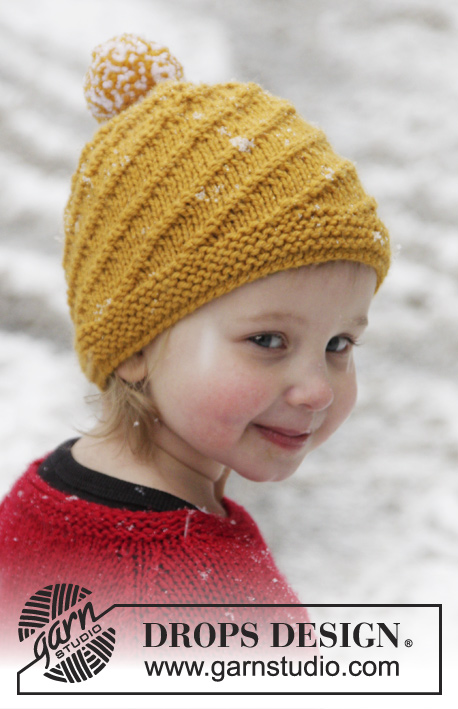 |
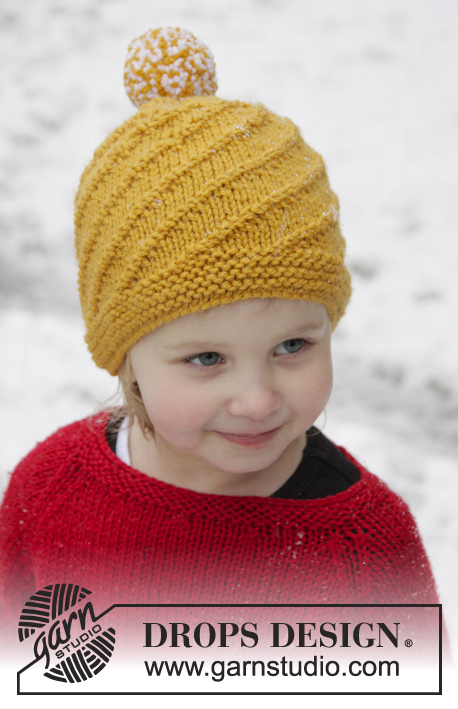 |
Knitted DROPS hat with spiral pattern in ”Alaska”. Size 1-12 years
DROPS Extra 0-1020 |
|
|
GARTER ST (back and forth on needle): K all rows. 1 ridge = K2 rows. SPIRAL PATTERN: * K 5-6-5-5-6, P 2 *, repeat from *-* the entire round. Pattern is over 7-8-7-7-8 sts and no of sts is divisible by 7-8-7-7-8 + 1. When working in the round, the pattern will displace 1 st towards the right on every round and forms a spiral pattern. DECREASE TIP: Dec 1 st before every marker. Work until 2 sts remain before marker, slip next st as if to K, K 1, psso. ---------------------------------------------------------- HAT: Cast on 78-81-85-85-89 sts on circular needle size 4.5 mm / US 7 with mustard and work 4 ridges in GARTER ST - see explanation above, back and forth Then place piece tog and work in the round according to SPIRAL PATTERN - see explanation above. REMEMBER THE GAUGE! Work until piece measures approx. 11-13-13-14-16 cm / 4½"-5"-5"-5½"-6¼". NOTE! Do not stretch piece when measuring, the hat will contract vertically and in width because of pattern. Then dec while working spiral pattern as follows: * K 1, K 2 tog, K 2-3-2-2-3, P 2 *, repeat from *-* the entire round = 67-71-73-73-78 sts. Work 2 rounds spiral pattern with K 4-5-4-4-5, P 2. * K 1, K 2 tog, K 1-2-1-1-2, P 2 *, repeat from *-* the entire round = 56-61-61-61-67 sts. Work 2 rounds spiral pattern with K 3-4-3-3-4 and P 2. * K 1, K 2 tog, K 0-1-0-0-1, P 2 *, repeat from *-* the entire round = 45-51-49-49-56 sts. Work 1 round spiral pattern with K 2-3-2-2-3 and P 2. On next round K all sts - AT THE SAME TIME insert 5 markers in the piece as follows: Insert first marker at beg of round, then insert the next 4 markers with 9-10-10-10-11 sts between every marker. There are 9-11-9-9-12 sts between first and last marker. Then K while AT THE SAME TIME dec 1 st before every marker - READ DECREASE TIP, dec every other round 3-4-4-4-4 times in total = 30-31-29-29-36 sts. Then dec every round 3-3-3-3-4 times = 15-16-14-14-16 sts. On next round K 1-0-0-0-0, then K 2 and 2 tog the entire round = 8-8-7-7-8 sts remain on needle. Cut the yarn and pull it through the remaining sts, tighten tog and fasten. Sew tog ridges in the side at the bottom of hat, sew in outer loops of edge sts. POMPOM: Make 1 pompom of approx. 10 cm / 4" in diameter with 1 strand off white and 1 strand mustard held tog. Sew the pompom on the top of the hat. |
|
Have you finished this pattern?Tag your pictures with #dropspattern #swirlntwirlhat or submit them to the #dropsfan gallery. Do you need help with this pattern?You'll find 18 tutorial videos, a Comments/Questions area and more by visiting the pattern on garnstudio.com. © 1982-2026 DROPS Design A/S. We reserve all rights. This document, including all its sub-sections, has copyrights. Read more about what you can do with our patterns at the bottom of each pattern on our site. |
|







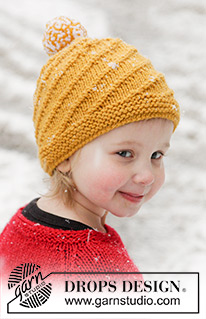

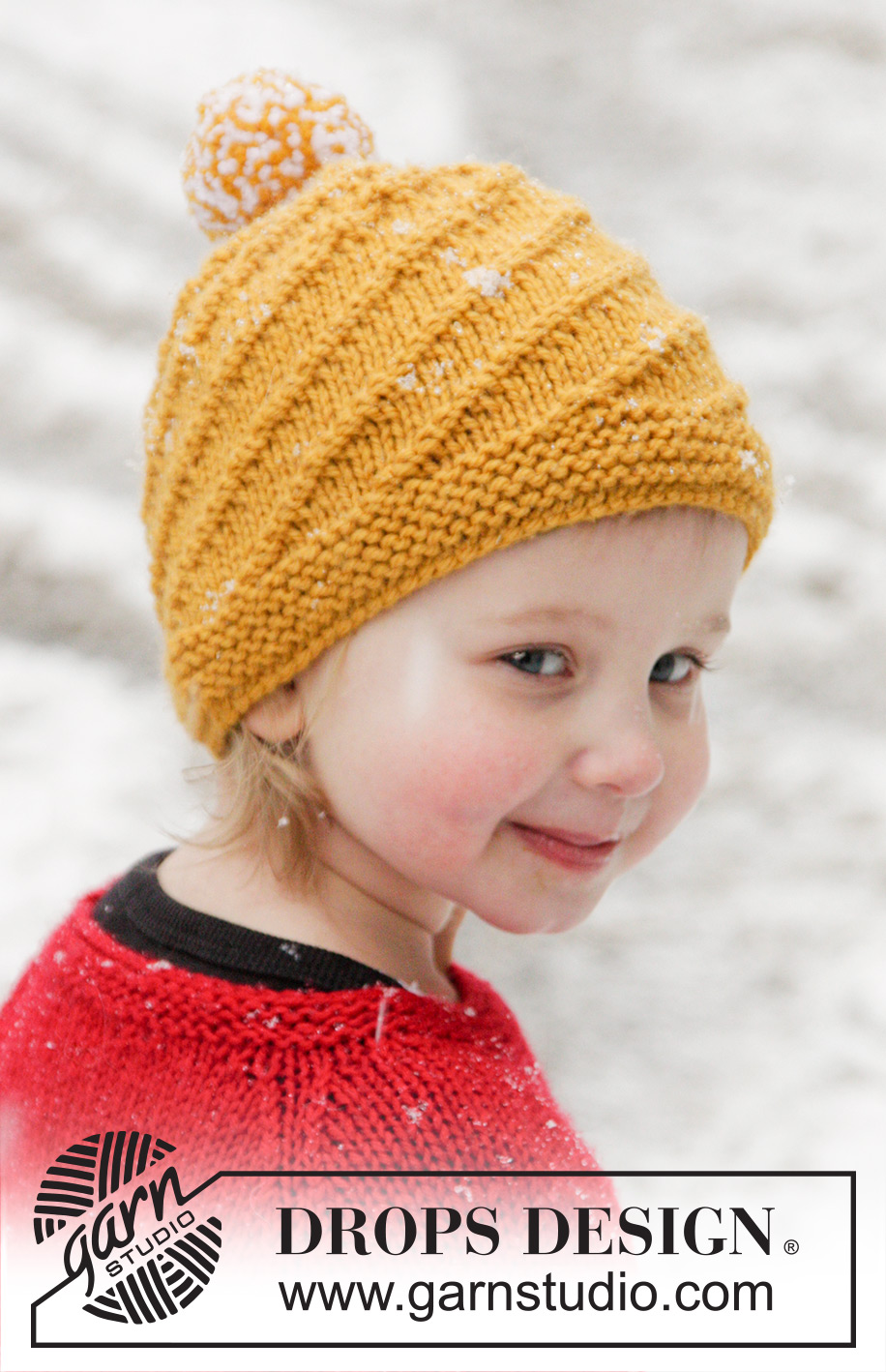
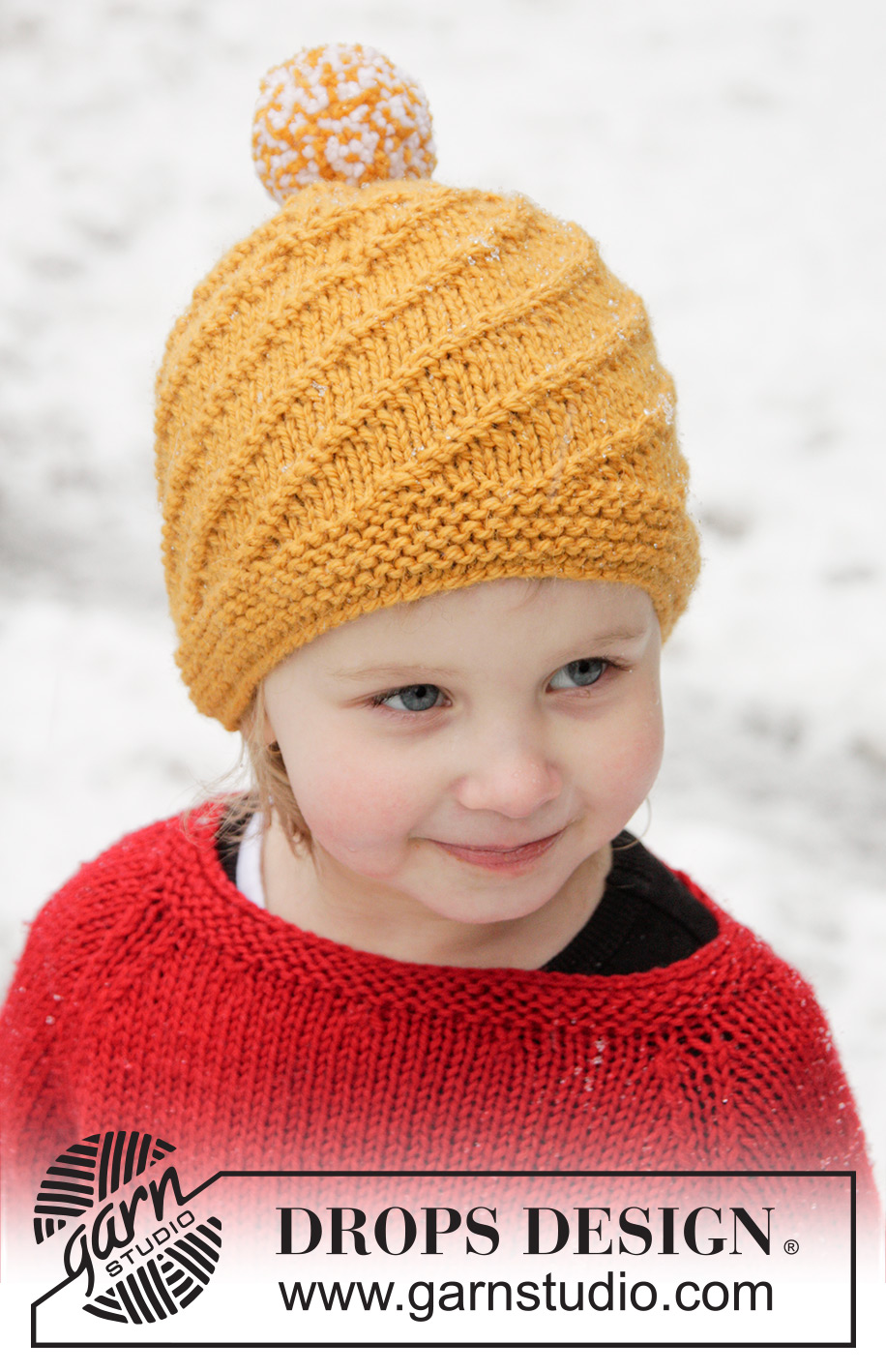


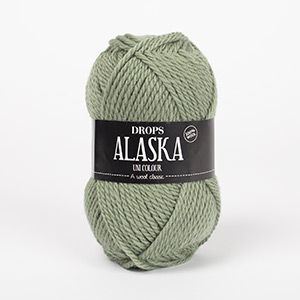
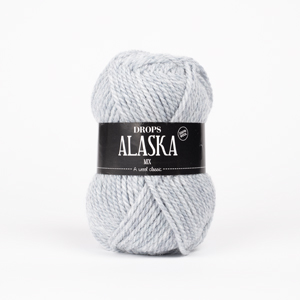




























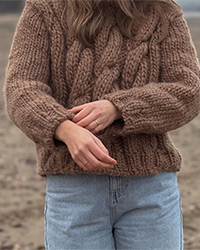

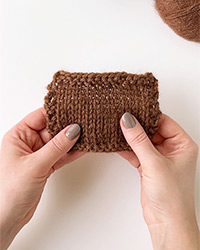
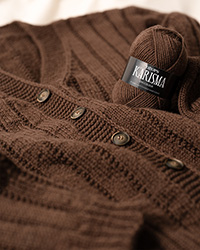
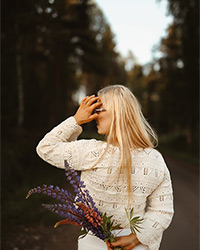
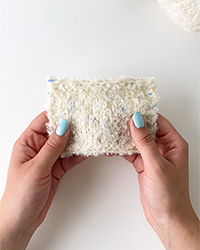
Post a comment to pattern DROPS Extra 0-1020
We would love to hear what you have to say about this pattern!
If you want to leave a question, please make sure you select the correct category in the form below, to speed up the answering process. Required fields are marked *.